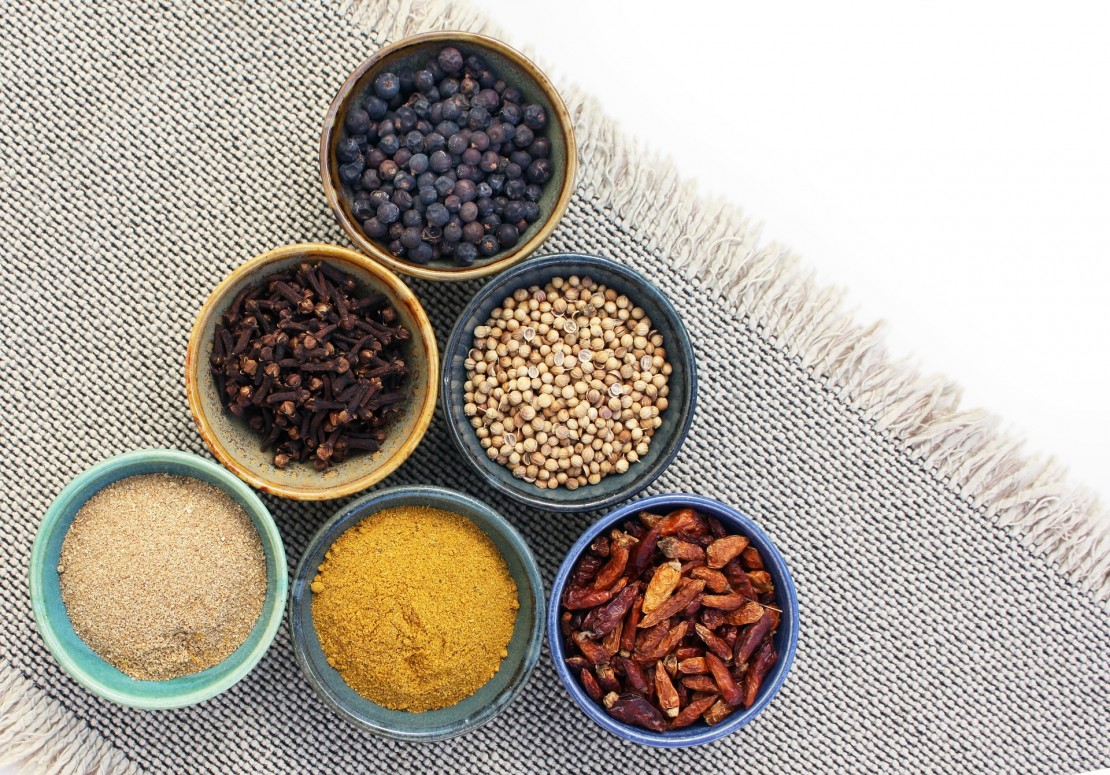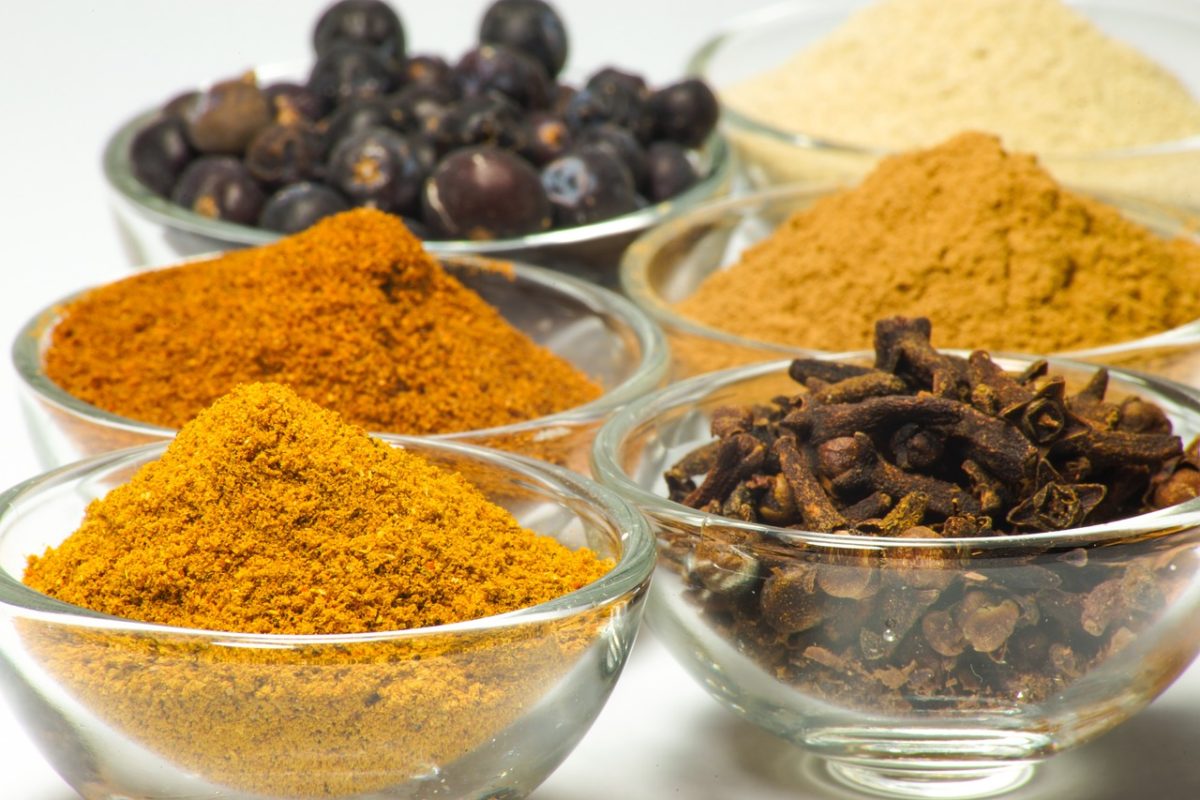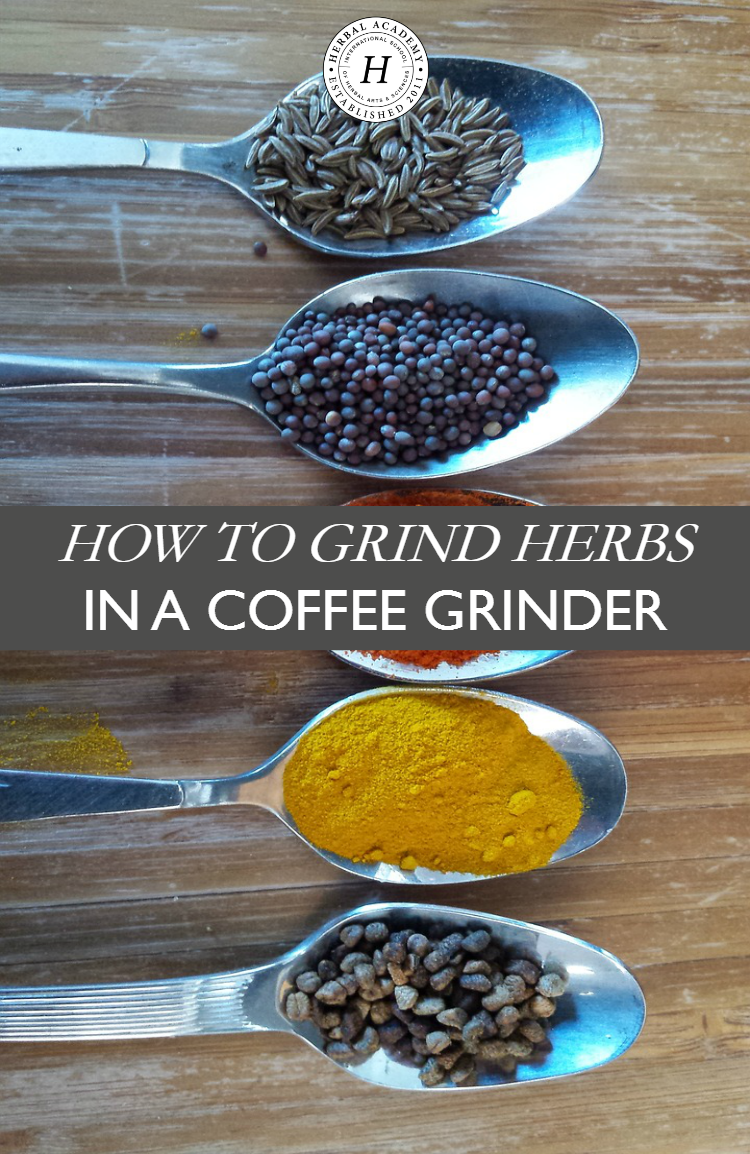
How To Grind Herbs In A Coffee Grinder
As a beginner to herbalism, you will most likely start by learning about common herbs, making basic herbal preparations, and learning how herbs can be used to support or bring balance to the body.
However, as you continue on in your herbal journey, you will come across pieces of information that will change how you approach herbalism, the herbs you use most often, and how you make your herbal preparations.
Perhaps, today will be one of those times.
Today, I want to talk to you about grinding herbs before using them. This certainly isn’t something you have to do in order to use herbs properly, but I want to explain why you may want to do it… if not all the time, at least some of the time. Not only do I want to share the benefits of grinding herbs with you, but I’m also going to explain how you can grind herbs quickly and easily using a coffee grinder.
5 Factors That Affect Extraction
The process of extraction, where an herb yields its constituents, is affected by five different things.
- Moisture content of plant matter
- Solvent used
- Heat
- Maceration time
- Size of plant matter
I’m not going to speak on the first four factors today, but I am going to go into more detail about the size of plant matter and how it affects the extraction process.
Size Matters… For The Most Part
For simplicity’s sake, you can go outside right now, find an herb, dig it out of the ground, and soak the whole thing in water to make an herbal tea. Yes, it’s that easy.
Herbs, when used this way, do give up their properties to the water, but not as easily as they do when broken up into smaller pieces.
You see, when herbs are cut, chopped, or ground down into smaller pieces, more of the surface area of the plant is exposed. The smaller the herb is, the more solvent comes into contact with the plant cells and the easier it is for the phytochemicals to be extracted.
So while you can use large pieces of an herb to make your preparations, it’s better to use smaller pieces as it will result in a stronger extraction as well as a quicker one.
Herbalist James Green, in his book, The Herbal Medicine Maker’s Handbook, says, “… the passing of the soluble constituents through the walls can be a slow process, but it can be quickened by increasing the surface area of the plant before extraction is begun. Again, this is accomplished (sometimes easily, sometimes not) by powdering the dried plant. This not only greatly increases the area that can be exposed to the solvent, but also causes many of the ectodermal surface cells to be broken, so that the menstruum can come in direct contact with the cells’ contents” (Green, 2000).

How To Grind Herbs Using A Coffee Grinder
Historically, a mortar and pestle has been used to grind herbs, but that can take a good bit of time and effort. It’s much easier nowadays to use an electric coffee grinder to help chop or grind herbs into a smaller size.
Below, I’ll walk you through the process of how to grind herbs using a coffee grinder so you can improve your extractions if you wish.
Grinding Herbs With A Coffee Grinder
Dried herbs (roots, bark, seed, etc.)
Electric coffee grinder
- Place 2-3 tablespoons of herb matter into a clean coffee grinder.
- Adjust settings (if available) for a fine grind.
- Press and hold the grind button for 30 seconds at a time, taking short 15 second breaks between grinding periods to prevent the herbs from becoming too hot.
- Continue grinding until your herbs are as fine as you can get them. If you’d like them to be ground even finer, transfer to a mortar and pestle and grind by hand.
At this point, I hope you understand the benefits of grinding herbs before making your herbal preparations. Again, this isn’t something you have to do to make effective herbal remedies, but in my opinion, it does help produce a more concentrated preparation.
If you’d like to learn more about the foundations of using herbs in your home, check out the Herbal Academy’s Introductory Herbal Course. Not only will you learn more about making a variety of herbal preparations, but you’ll learn how to use herbs for common imbalances, for men, women, and children, how to use herbs in body care products, and so much more! This really is a great course!

REFERENCES
Green, J. (2000). The herbal medicine-maker’s handbook: a home manual. New York, NY: Crossing Press.








